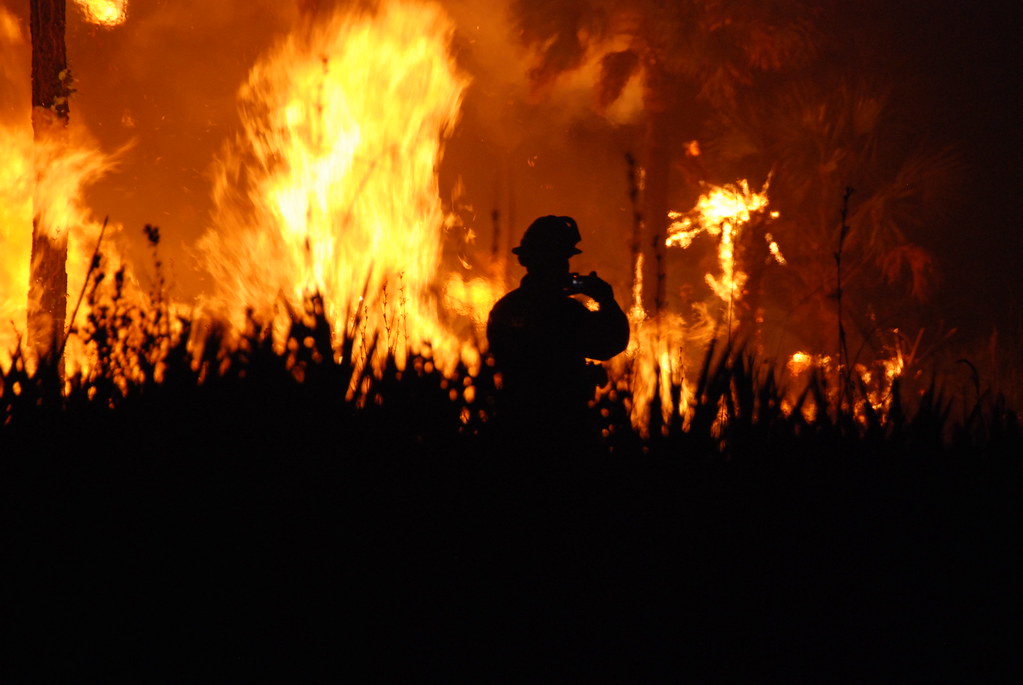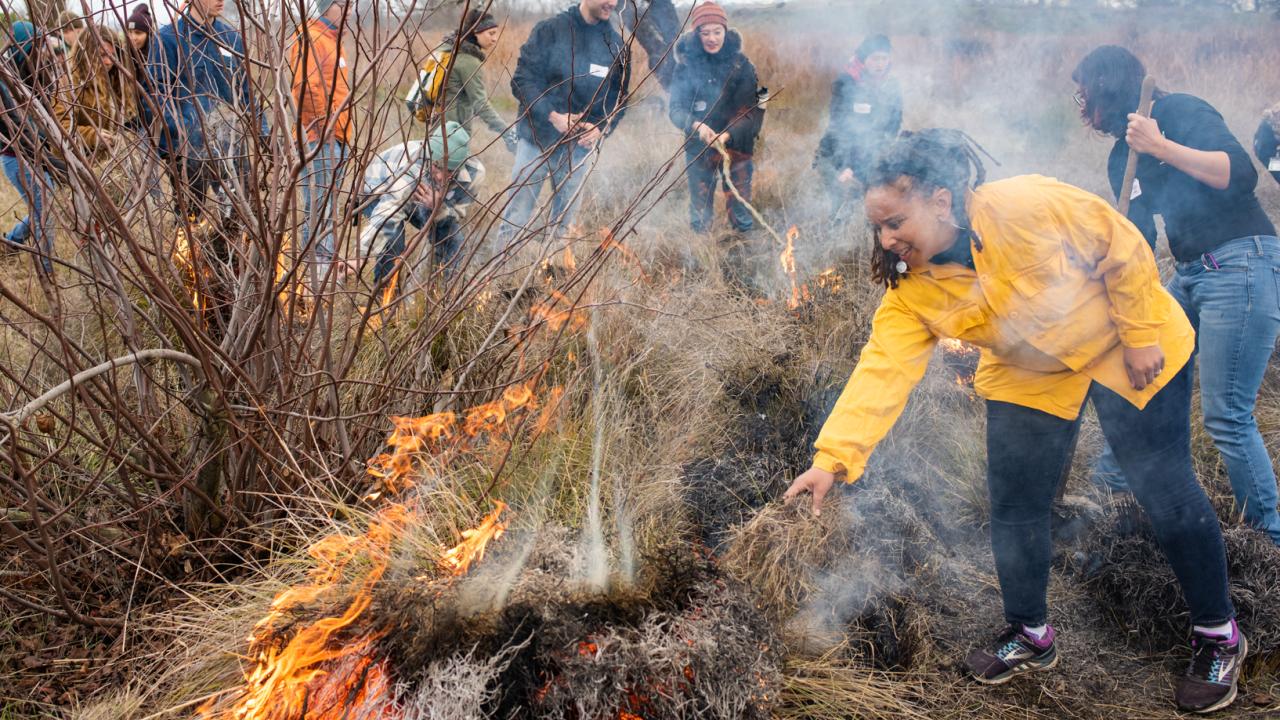 Every summer, wildfires make headlines. California in particular is hit hard, with more than 300 million acres destroyed in the last few years.
Every summer, wildfires make headlines. California in particular is hit hard, with more than 300 million acres destroyed in the last few years.
But what if I told you that purposefully setting “good” forest fires actually reduces the risk of wildfires? But how can we set fire, to stop fire? Let’s find out!
What is Cultural Burning?
Cultural burning occurs when small fires are purposely set to renew the land. It was crucial to Indigenous American lifestyles and beneficial to the environment.
When brush is burned regularly, the ashes fertilize the soil, preparing it for new plants. These fires help sequoia and other trees release seeds and sprout new saplings.
Cultural burning keeps insect species manageable, removes invasive plants that inhibit waterways, and allows clean water to enter the watershed. In short, cultural burning is necessary for a healthier environment.
To keep fires contained, burning is done in small sections. Weather conditions must be low in wind and humidity, and forest debris should be dry and crunchy. Trenches are dug and filled with water to contain the fire. Fire practitioners are on standby to douse the flames if they get out of control. Safety precautions are strictly observed because of the unpredictable nature of fire.
The Renewing of a Cycle
 In 1850, the Act for the Government and Protection of Indians was passed in California Territory. The law banned setting intentional fires which effectively ended the practice of cultural burning there - and similar prohibitions were instituted across the country.
In 1850, the Act for the Government and Protection of Indians was passed in California Territory. The law banned setting intentional fires which effectively ended the practice of cultural burning there - and similar prohibitions were instituted across the country.
There were several reasons for the bans, but a major factor was the desire of European farmers to protect their crops. Unbeknownst to them, the absence of cultural burning coupled with historic drought, would eventually create the perfect environment for devastating wildfires.
With the high number of wildfire disasters in California, the need for a solution is urgent. In 2018, California expressed its desire to “create a culture where the fire is a tool, not a threat”. Indigenous peoples have formed several programs to aid in the reintroduction of this practice.
The partnership between the Yurok and Karuk Tribes of California and the Nature Conservatory Prescribed Fire Training Exchange (Trex), is one such project. Trex is a global event network aimed at educating firefighters on the concept and procedures of cultural burning. In 2019, thirty Indigenous fire practitioners came from faraway countries such as Spain, to join the Yurok Trex event.
Moving Forward
Cultural burning may drastically reduce both the intensity and frequency of wildfires, and it’s a delicate process requiring careful execution.
But the good thing is that governments and Indigenous peoples are working together to readopt the culture. As a matter of fact, Florida intentionally burns more than 2 million acres each year, and California is beginning to follow the example by burning 125,000 acres of wildland yearly.
Fire is usually seen as something to avoid under all circumstances, but perhaps we should think about it a little differently. Cultural burning won’t cure the climate crisis, but it can certainly help it. Let’s hope this practice can continue to reduce wildfires and benefit the environment!
Sources: Guardian, Nature, Rewilding Mag, NPS, gca.org







